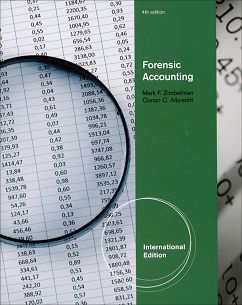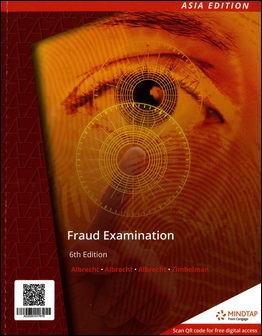書籍分類

Forensic Accounting 4/e
作者:Mark F. Zimbelman, Conan C. Albrecht
原價:NT$ 1,200
ISBN:9780538470865
版次:4
年份:2012
出版商:Cengage Learning
版次:4
年份:2012
出版商:Cengage Learning
內容介紹 本書特色 目錄
- Description
Help your students understand the growing significance of fraud in today's accounting world as the latest edition of this engaging text teaches how to identify, detect, investigate, and prevent financial fraud. Forensic Accounting 4/e closely examines the nature of fraud using memorable business examples and captivating actual fraud including recent developments in e-business fraud. Students explore how technology is increasingly involved in fraud and how it can be used to detect fraud as well as what the legal options are for victims of fraud. Significant new discussion of forensic analysis expands students' understanding of the field, while a fresh, clean design increases readability and student appeal. New learning features and strong end-of-chapter exercises draw attention to the most important information and drive critical thinking.



